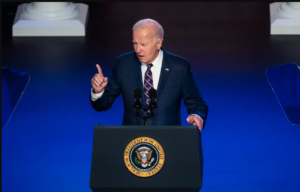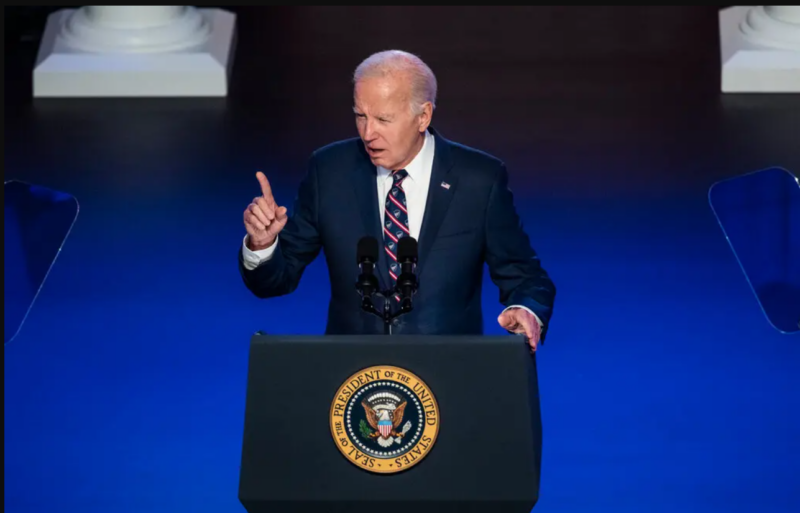Biden’s EV Charging Plan Hits Snag: Unraveling the Short-Circuit Mystery!
The Biden administration’s ambitious plan to electrify America’s roads is hitting some bumps, with lagging demand and bureaucratic hurdles stalling the rollout of crucial EV charging infrastructure. Despite showering billions in taxpayer dollars on the initiative, progress remains sluggish, raising concerns about the effectiveness of the government’s green grand prix.
While the Federal Highway Administration (FHWA) recently announced grants totaling $773 million for charger upgrades and construction, only two stations have materialized under the program so far. Experts point to a confluence of factors impeding the desired lightning speed: limited market demand, a tangle of red tape, and union-backed labor requirements.
Marlo Lewis, a policy analyst at the Competitive Enterprise Institute, pinpoints the disconnect between federal largesse and market realities. “Subsidies exceed demand,” she explains, “and inflexible federal regulations create a central planning snarl-up.” States grapple with rigid guidelines dictating charger spacing, port numbers, and disadvantaged community quotas, further bogging down the process.
Union influence adds another layer of complexity. The FHWA mandates that electricians working on the project must be certified by a specific union program, limiting the available workforce and potentially inflating labor costs. Dan Kish, an energy researcher, observes, “The union requirement restricts the pool of eligible workers, leading to fewer workers earning more.”
The administration’s focus on “disadvantaged communities” adds another wrinkle. With the average EV exceeding $50,000, placing chargers in areas lacking the disposable income for such vehicles raises questions about the initiative’s efficacy. As Kish puts it, “You’ve got paperwork with environmental injustice, which means that they’re putting it in places where the economy is depressed, and the states are supposed to come up with areas that meet these criteria.”
 Despite these challenges, the White House remains optimistic. Assistant Press Secretary Robyn Patterson touts the program’s progress, highlighting a 70% increase in public chargers since Biden took office and quadrupled EV sales. However, critics counter that this growth largely stems from private companies like Tesla, not government intervention. Larry Behrens, a spokesperson for Power The Future, argues, “The bottom line is clear: if the American public demanded electric vehicles and charging stations, the free market would deliver them, and Joe Biden wouldn’t have to throw billions of taxpayer dollars in order to try and build them.”
Despite these challenges, the White House remains optimistic. Assistant Press Secretary Robyn Patterson touts the program’s progress, highlighting a 70% increase in public chargers since Biden took office and quadrupled EV sales. However, critics counter that this growth largely stems from private companies like Tesla, not government intervention. Larry Behrens, a spokesperson for Power The Future, argues, “The bottom line is clear: if the American public demanded electric vehicles and charging stations, the free market would deliver them, and Joe Biden wouldn’t have to throw billions of taxpayer dollars in order to try and build them.”
Despite government efforts to boost EV adoption through subsidies and charger installations, the market share for EVs remains low at 3.6%. Critics argue that government intervention is misguided and that the market, not government programs, should drive EV adoption.

